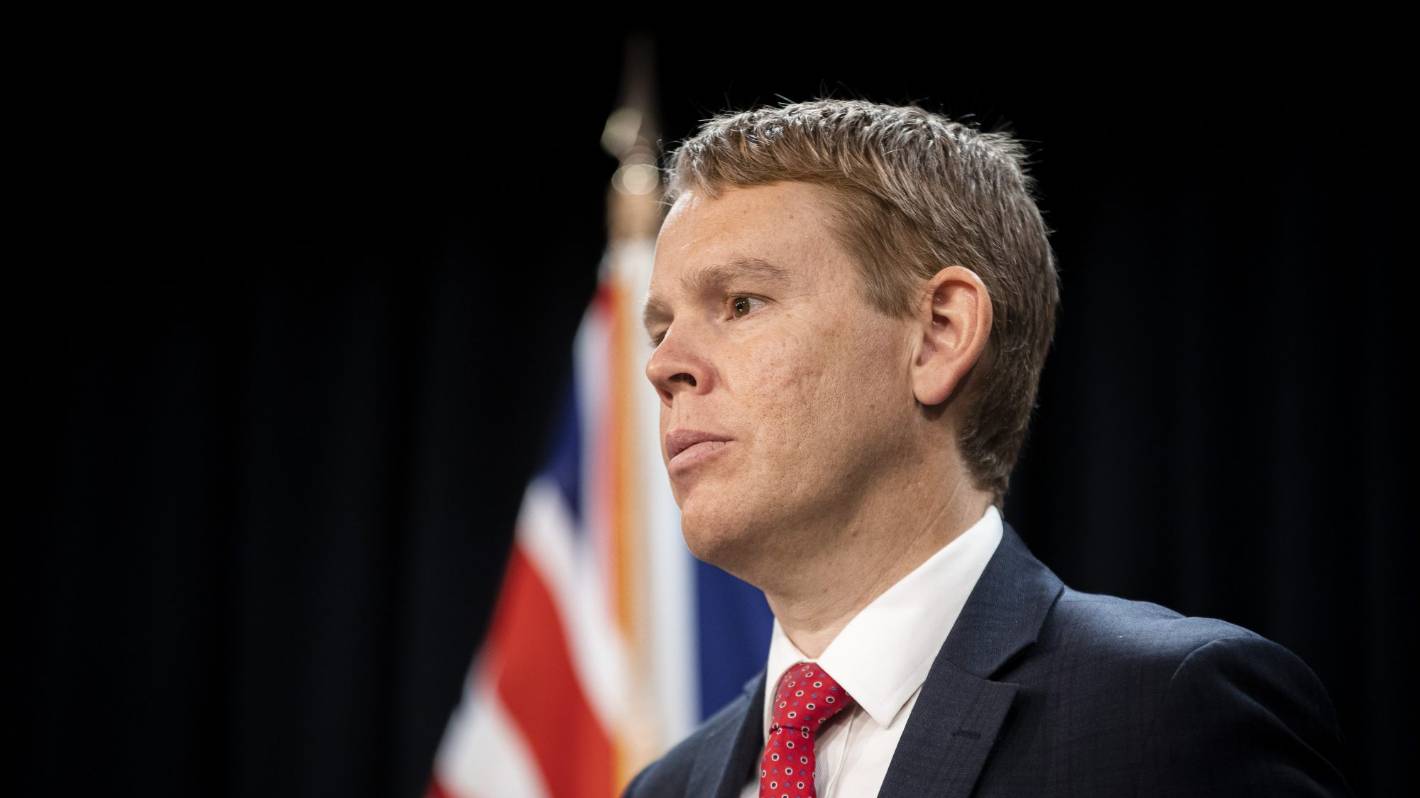On 20 May, a Public Health Expert Blog, with authors including epidemiologist Michael Baker (a member of the NZ Ministry of Health’s pandemic advisory group), was published detailing an Action Plan for Schools to cater for ongoing Omicron cases. The group make a number of recommendations for “protection”.
Specific aims include:
Sustained high indoor air quality: based on optimal methods, including ventilation and filtration, plus effective monitoring
Routine, ideally mandated, mask use indoors: providing protection against emerging Covid-19 variants and other respiratory infection for all, regardless of their immune status
But, on 19 May (updated 20 May) Newsroom published this article with Education and Covid Response Minister Chris Hipkins explaining the evidence on both ventilation and masking is clear.
The thing about ventilation that does my head in is people immediately jump to the technological solution when there are other solutions that are more realistic and practical. […]
If you open a classroom window by a couple of inches, you’re going to replenish the air on an hourly basis more frequently than an air cleaner would.
He added:
[I]f the solution was to buy portable air cleaners for every classroom we would have, but if you’re using that when you could have a window open, then the window is the better option.
And on masks:
For kids sitting in a classroom doing stationary activities with ventilation, the risk isn’t as high as it is for some of those activities that go on between and after classes.
ACT leader David Seymour got the last word, though: “All of [the Prime Minister’s] rhetoric bathed our Covid response in a climate of fear, and I think Chris Hipkins has spoken truer than he knew, or intended to, when he made those comments.’’
Read more here. Discuss it on The BFD.

